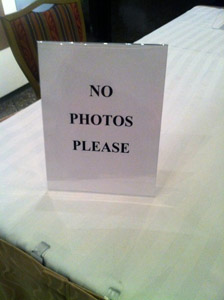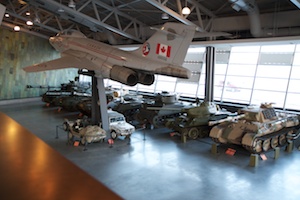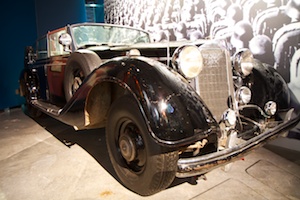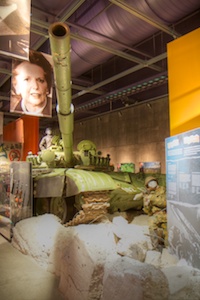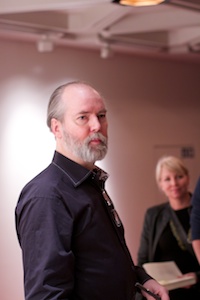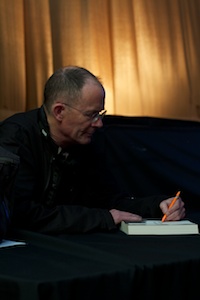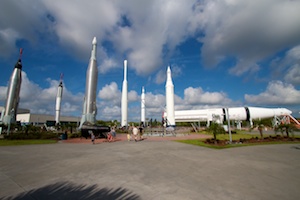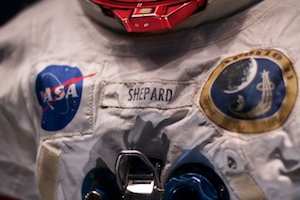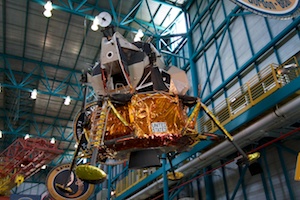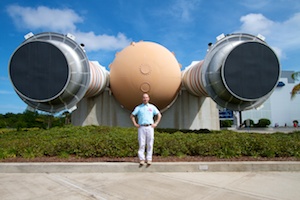Today, I visited the Canadian Museum of Nature. I continue to find some place new and interesting to visit each month if I can.
The collection of the Museum of Nature first started as the collection of the Geological Survey of Canada in 1856 when Canada was being explored scientifically. The current building, known as the Victoria Memorial Museum Building, was completed in 1912. At one point Parliament was using some of the rooms after the Centre Block burnt down in 1916.
The building recently completed an extensive renovation. I wanted to visit after the re-opening, but I read that they would have a temporary photography exhibit opening this month, so I waited until today.
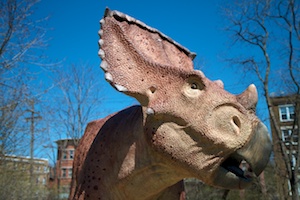
Before entering the museum, I took some pictures of the life-sized Chasmosaurus Irvinensis on the lawn outside. This dinosaur is very interesting for having over 20 horns – one on the nose, two on the sides of the head and the rest around the top of the frill. I thought originally that the horns on the periphery of the frill were flaps of skin not bones until I read more. Imagine how hard it would be to find a hat that fits!
When I entered the museum, the first place I went was the art gallery. The current photography exhibit is about Northern Canada. There were beautiful landscapes, some nature photos and many photos of the people who live in our far north. I was very glad I waited before visiting the museum – the photos were amazing.
After the gallery, I thought I would start at the top of the building and work my way downward. The fourth floor contains the Bird Gallery. Not much to see there. I mean, lots of birds of course, but I am mostly interested in birds of prey, and there were not many on display. There was not even a bald eagle. When I lived in Port Williams, we had Bald Eagles roost in the pines trees behind our house. I always loved to hear their calls and watched in awe as they leapt into the air.
The third floor had the Vale Earth Gallery. The collection is surprisingly large and varied. I was very interested in the examples of very ancient stones, some of which date back billions of years to when the earth was first cooling. There was also a small collection of meteors. Looking at a 4.55 billion year old meteor is to imagine the fiery birth of our solar system.
The gallery of crystals was also very interesting. There are so many shapes of crystals. However, I found that some of the displays were too low (presumably for young viewers); it was too hard for me to stoop down to see the displays with a camera and heavy camera bag around my neck.
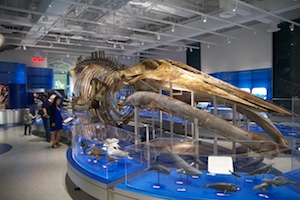
The second floor houses the RBC Blue Water Gallery. The highlight is the extraordinary blue whale skeleton in the centre of the gallery. It is so massive – 19 metres long. And imagine that it was not close to being full-grown – blue whales can each 33 metres in length and weigh more than 180 tonnes. That’s as much as a fully-loaded Boeing 767-300ER! Blue whales are the largest animals that have ever lived.
Also on this floor was the Mammal Gallery. They had some large dioramas with stuffed bears (polar and brown), moose, Dall sheep (thinhorn sheep), cougars, beavers, and some smaller animals. I finished this section quickly, taking in each of the dioramas and moving on.
The ground floor housed the Talisman Energy Fossil Gallery. This is what I really came for. I’m not a fanatic about dinosaurs like some, but I do find that entire extinct ecosystem fascinating.
When first entering the Fossil Gallery, you are greeted by a Daspletosaurus torosus towering over everyone. These carnivorous dinosaurs were between 2 and 4 tonnes and could be 9 metres (30 feet) in length. They lived between 77 and 74 million years ago. They had about 6-dozen teeth!
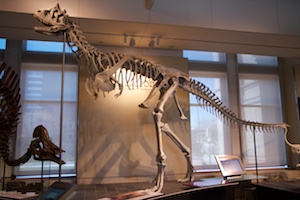
The other meat-eating dinosaur on display was the Carnotaurus Sastrei, which was as long as the Daspletosaurus, but thinner and less massive.
The museum has a connection with the Chasmosaurus Irvinensis, as the museum staff did some of the original research. There are skeletons in the Fossil Gallery, plus the diorama I saw outside the museum, and another diorama of a family of Chasmosaurus Irvinensis being hunted by an unidentified family of Theropod.
Other horned dinosaurs were also on display, such as the well-known Triceratops. Where were some aquatic skeletons mounted along the ceiling, such as the biggest damn turtle I could ever imagine (Archelon) and an Elasmosaur.
Behind the dinosaurs were some extinct mammal exhibits. A diorama of a family of Megacerops was interesting. They are distantly related to rhinoceroses and lived 38-33.9 million years ago here in North America.
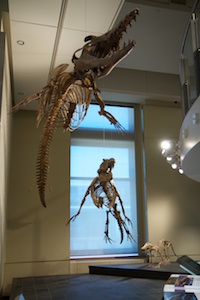
For me, the most fascinating exhibit in the entire museum is the evolution of the whale. There were three skeletons mounted in succession – the Pakicetus, Ambulocetus and Dorudon. The Pakicetus lived 55.8-40 million years ago and was a terrestrial carnivore. The Ambulocetus is also known as the ‘walking whale’. It is larger than Pakicetus and looked more like a crocodile with a long head like a whale. You can see the enlargement of the legs as one step in the evolution to flippers. It lived 50-49 million years ago and would have been a branch off the Pakicetus family tree. The final specimen is the Dorudon. It was entirely aquatic and lived 41 to 33 million years ago. It is obviously related to the whale at this point. It was fantastic to see these three specimens lined up showing how the species changed over tens of millions of years from a land animal to a fully-aquatic animal with whale-like body structures. It’s a great example of evolution that is easy to see and comprehend.
Another fossil that was very cool was the skull of a Parasaurolophus. This dinosaur has a long cranial crest that contained air tubes. It seems that it would be used for producing sound. Next to the skull were a pump handle and a long metal tube. Pushing the plunger forced air through the tube and created a sound similar to what the Parasaurolophus. Imagine – hearing a long extinct animal call, the sound of a dinosaur.
In the basement was the Animalium. There were many terrariums with various insects, spiders and small mammals. By far the creepiest were the Giant Spiny Stick Insects (Eurycantha calcarata). They are from New Guinea and can grow to about 6 inches in length. They look like H.R. Giger designed them.
The entire photo set from my visit to the museum is available on my gallery: http://gallery.myredbmw.net/v/Events/Nature/

